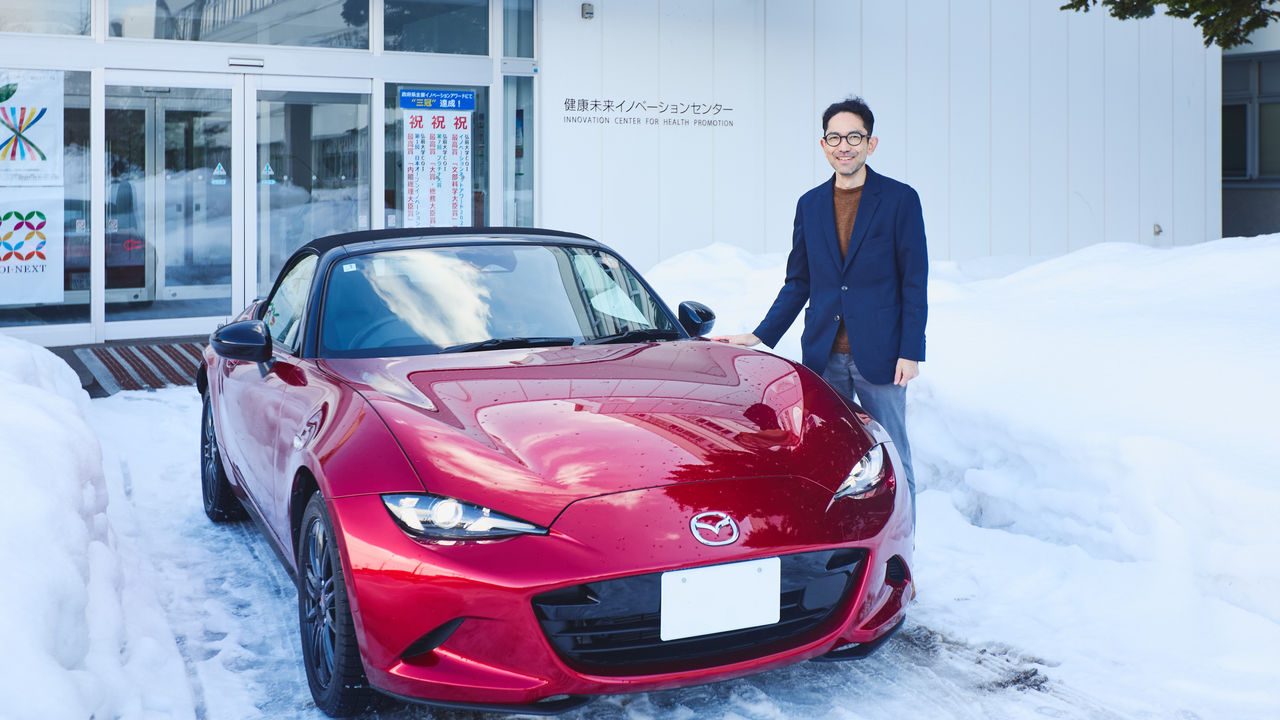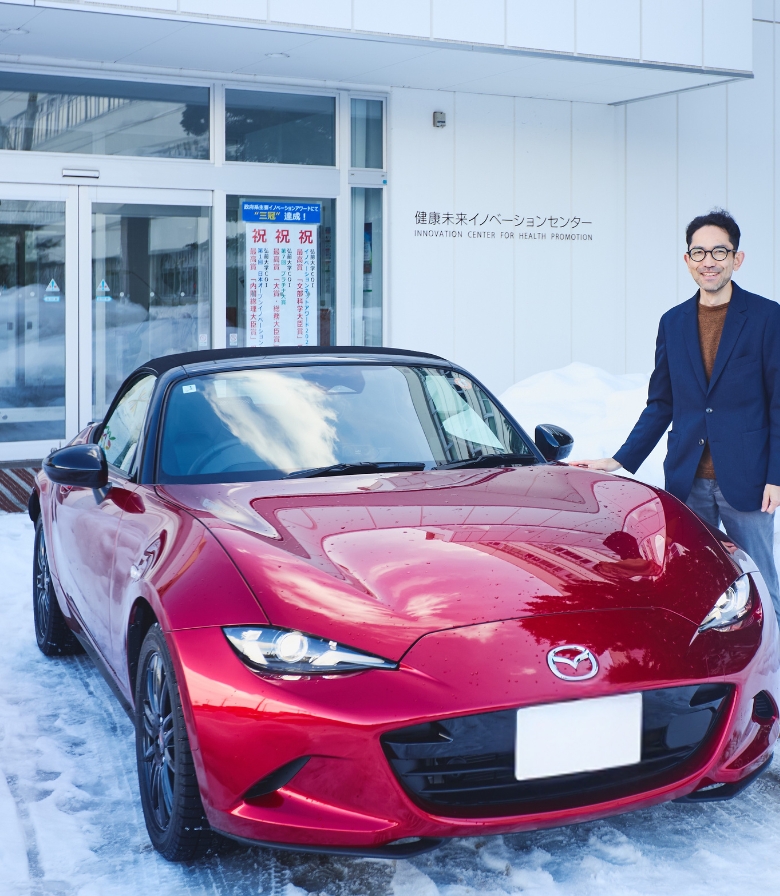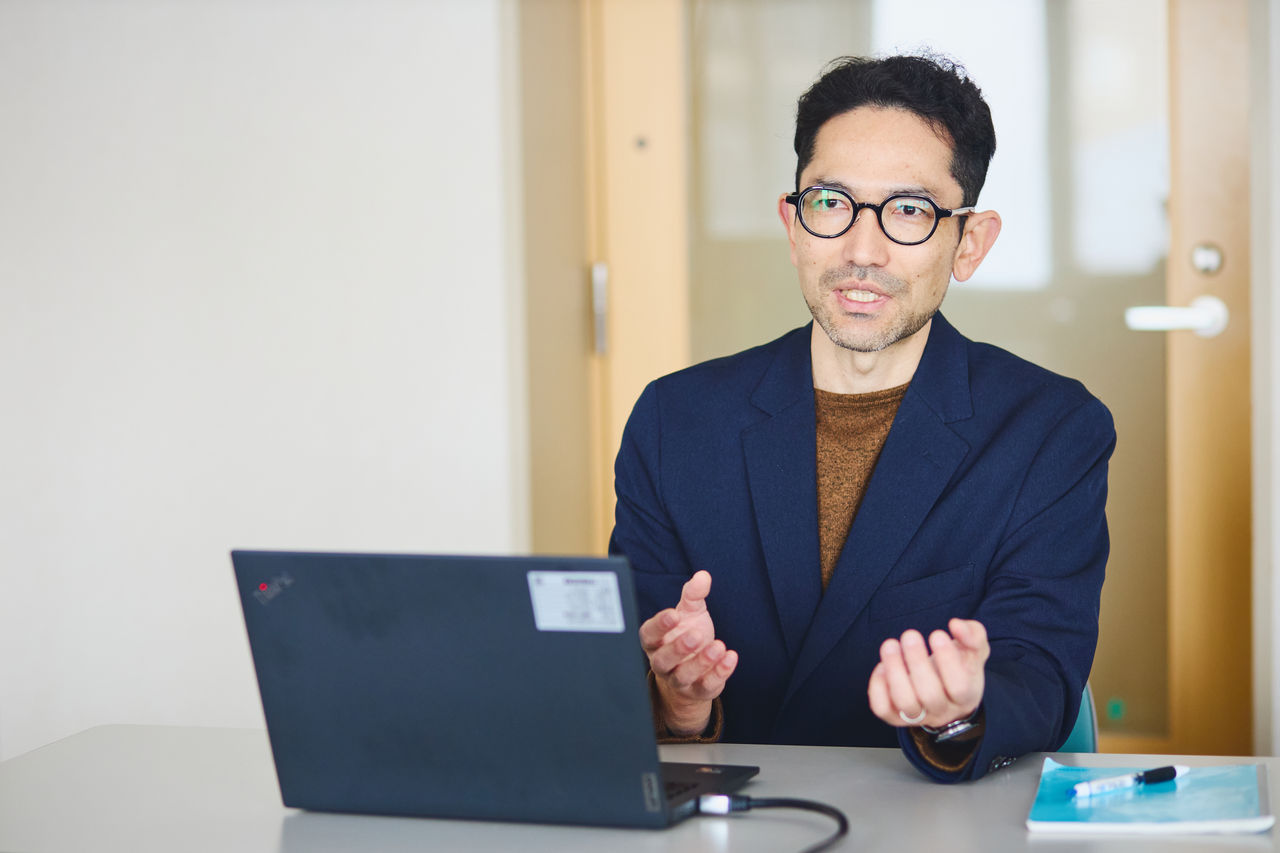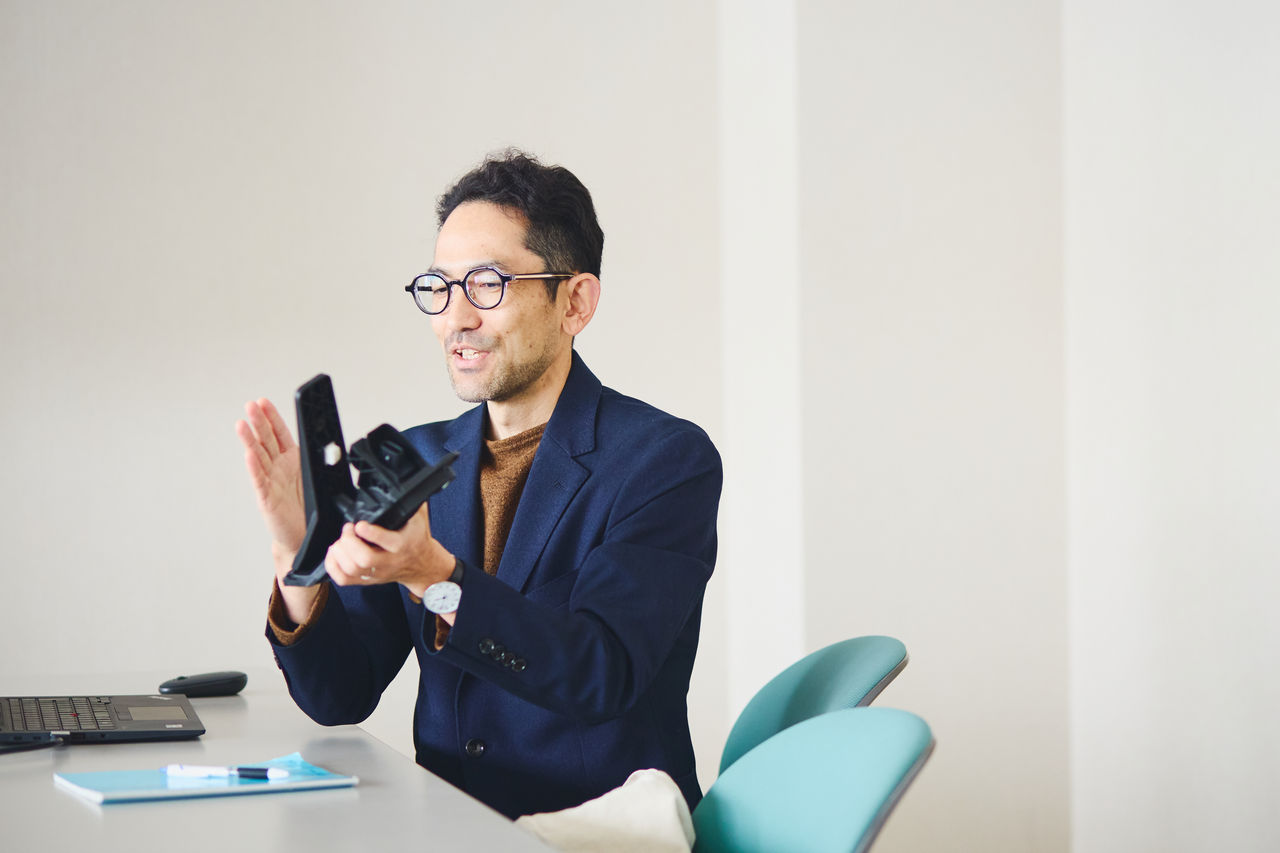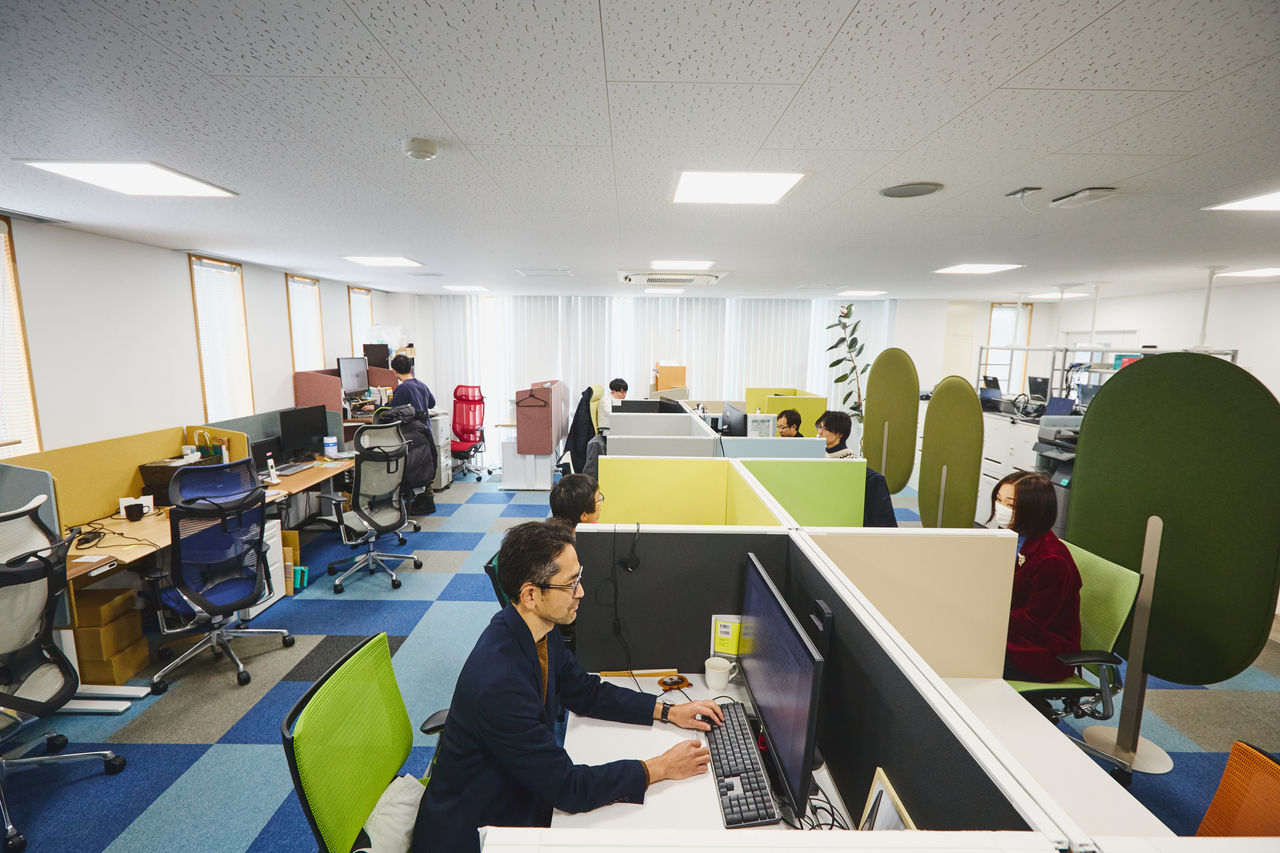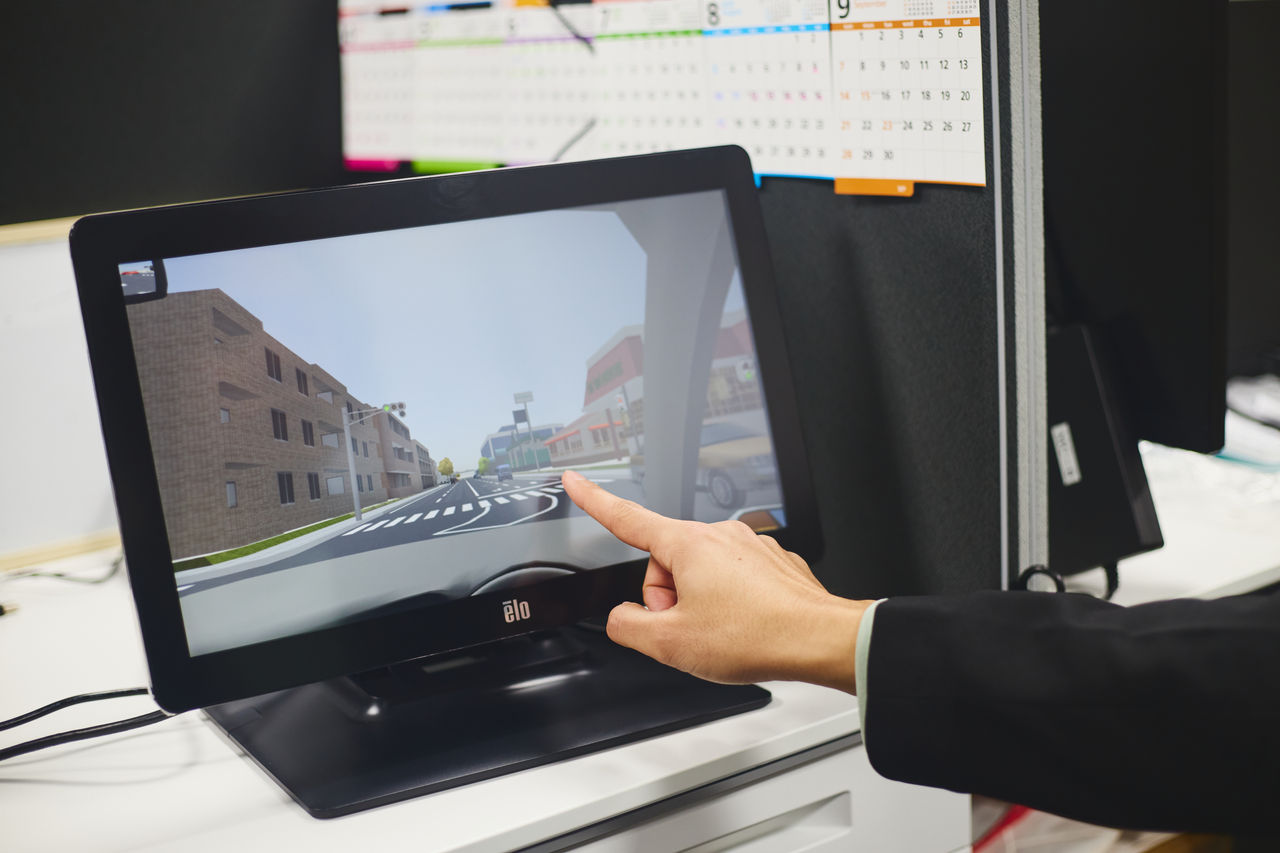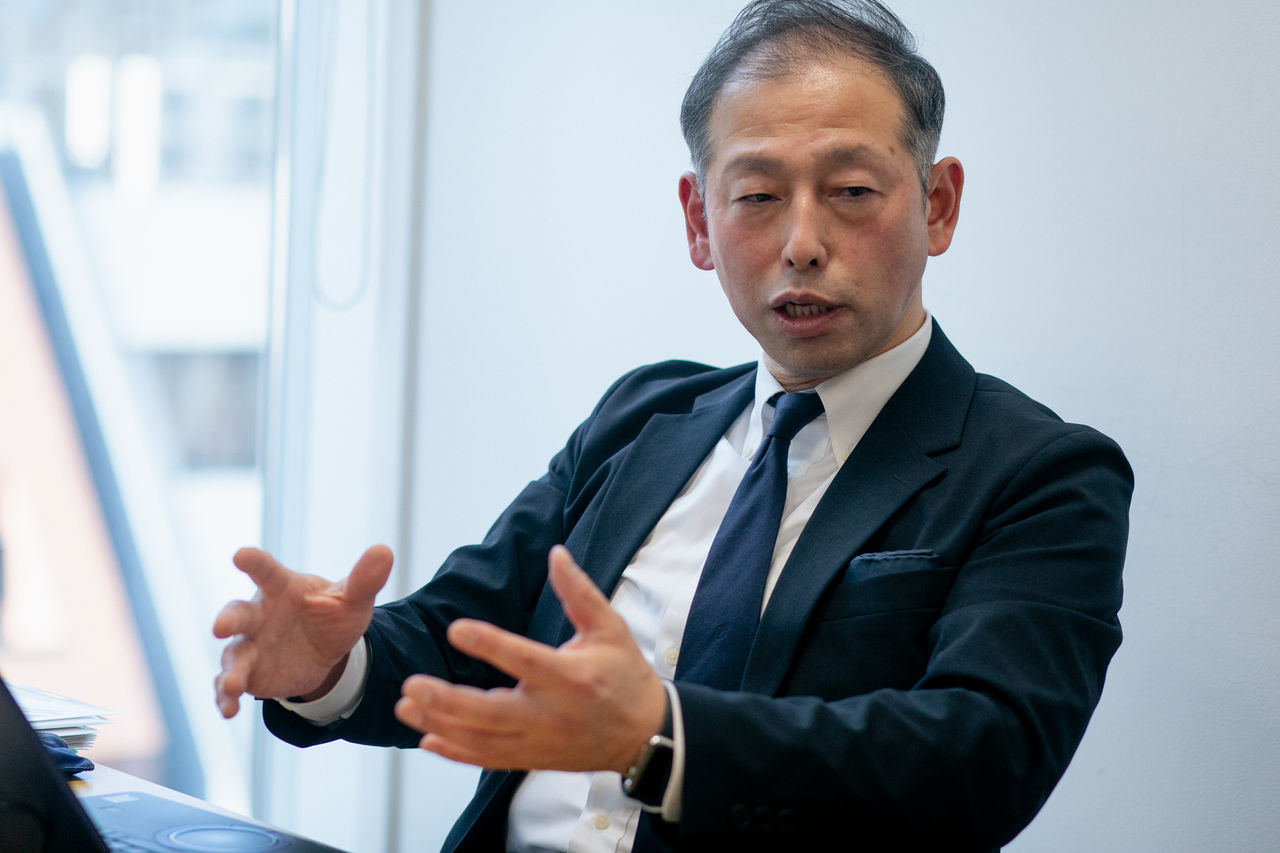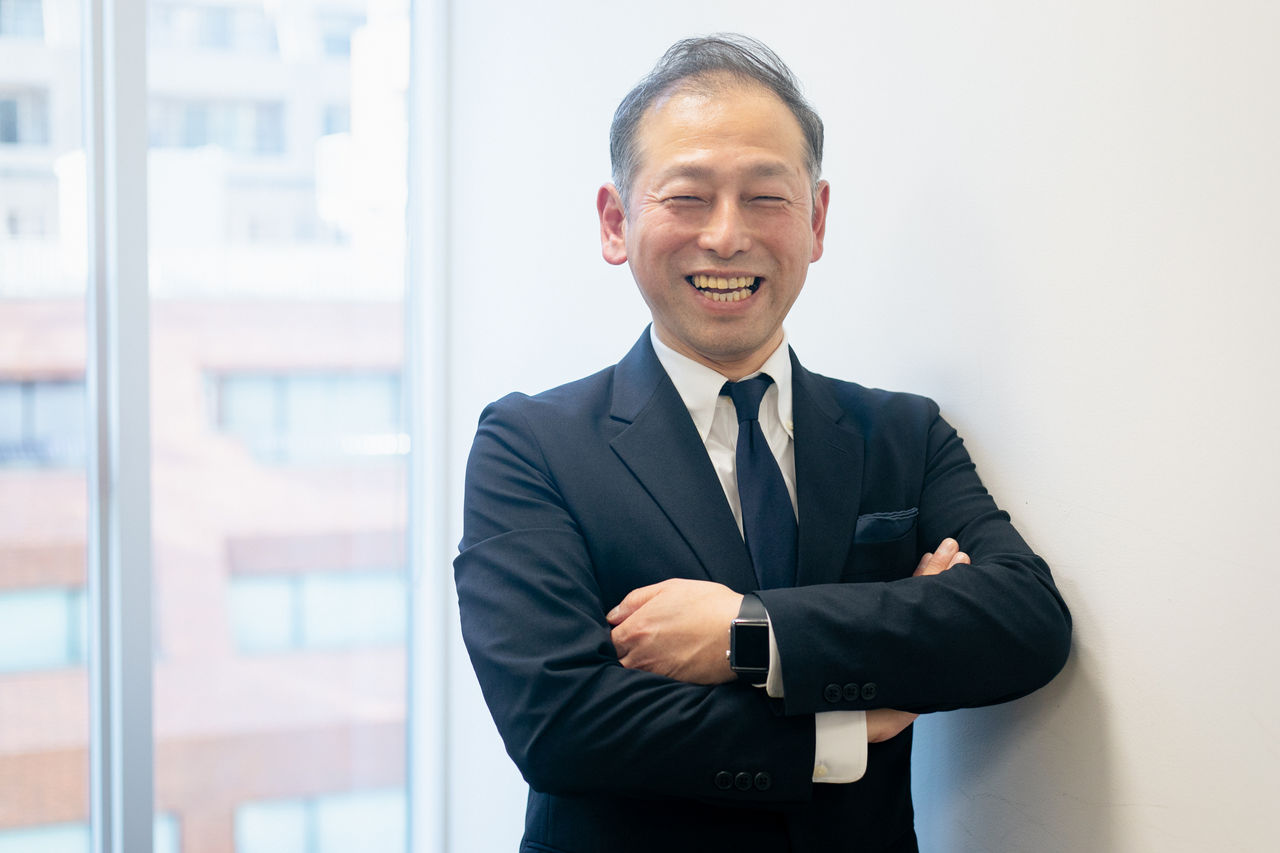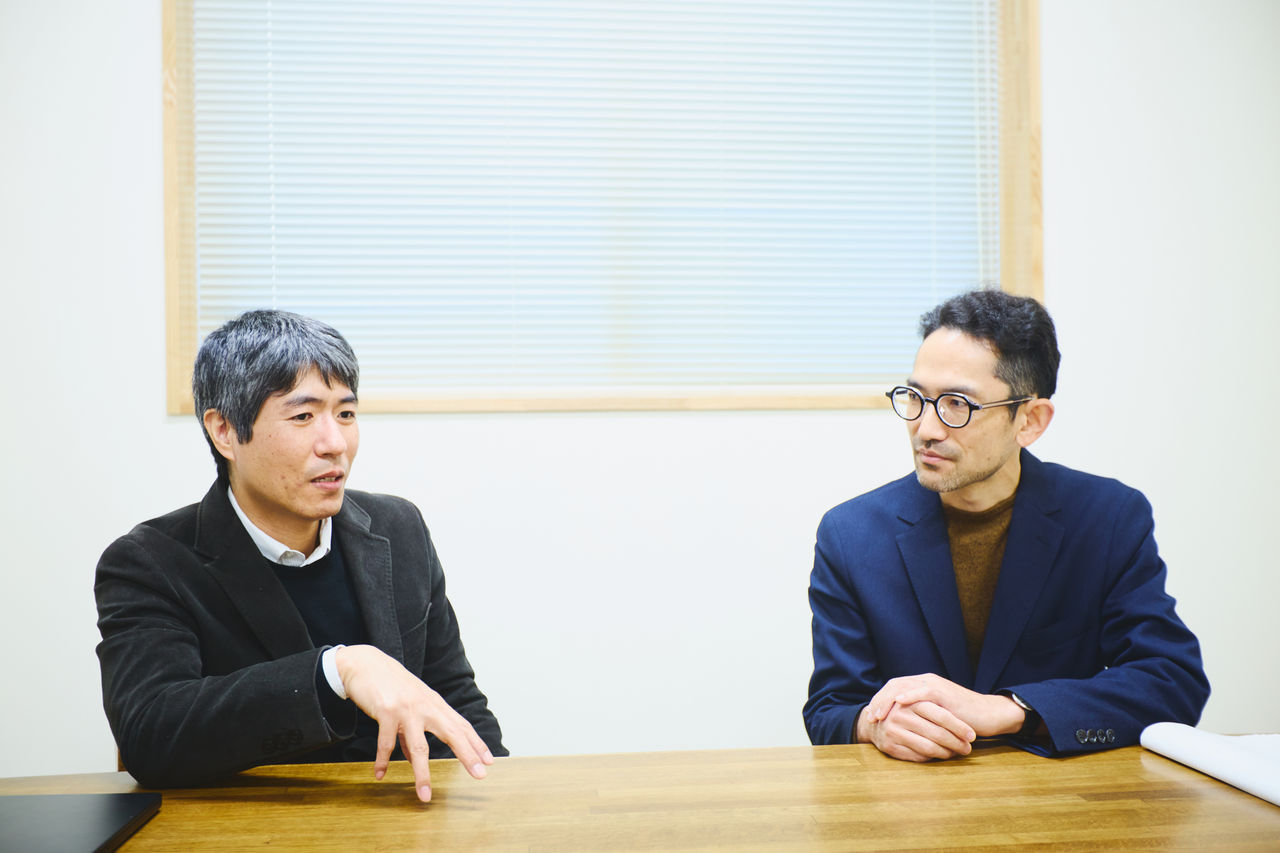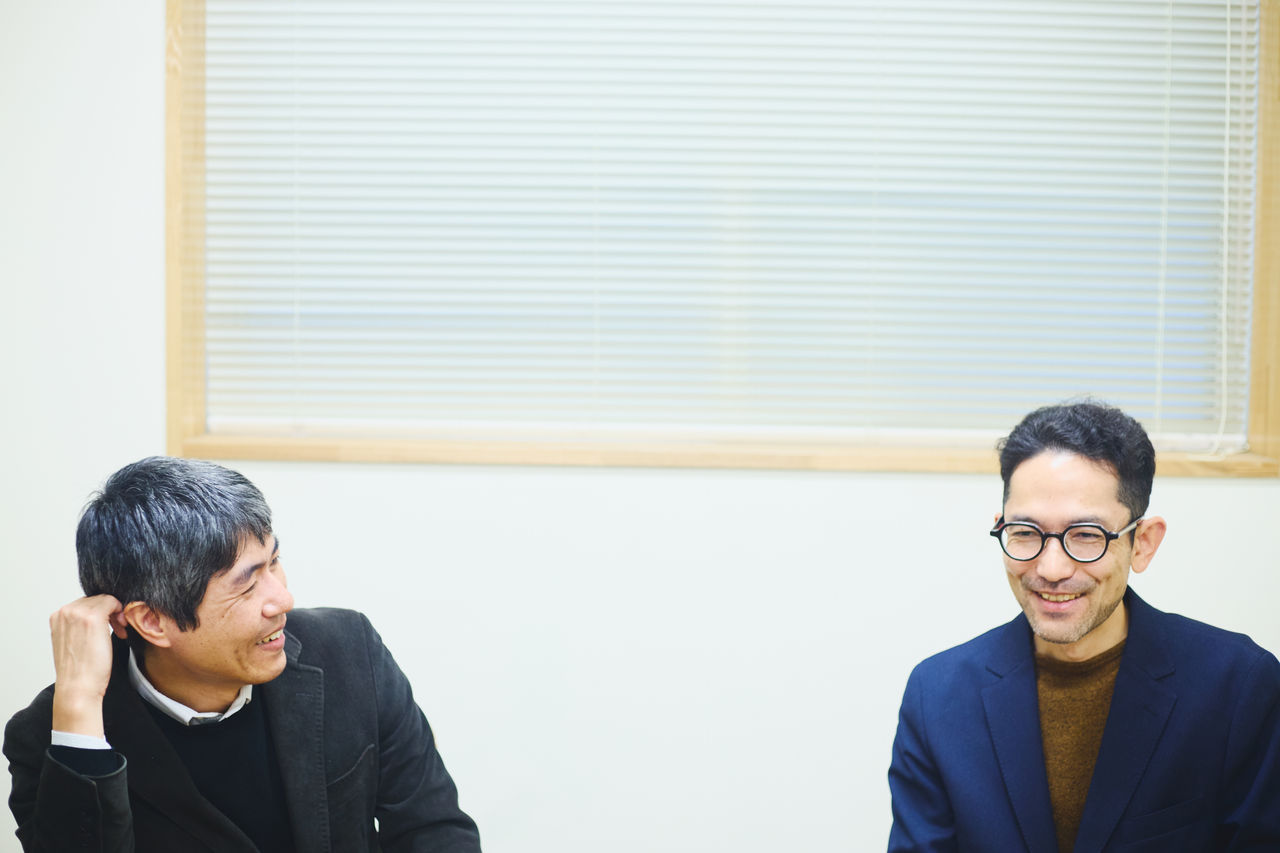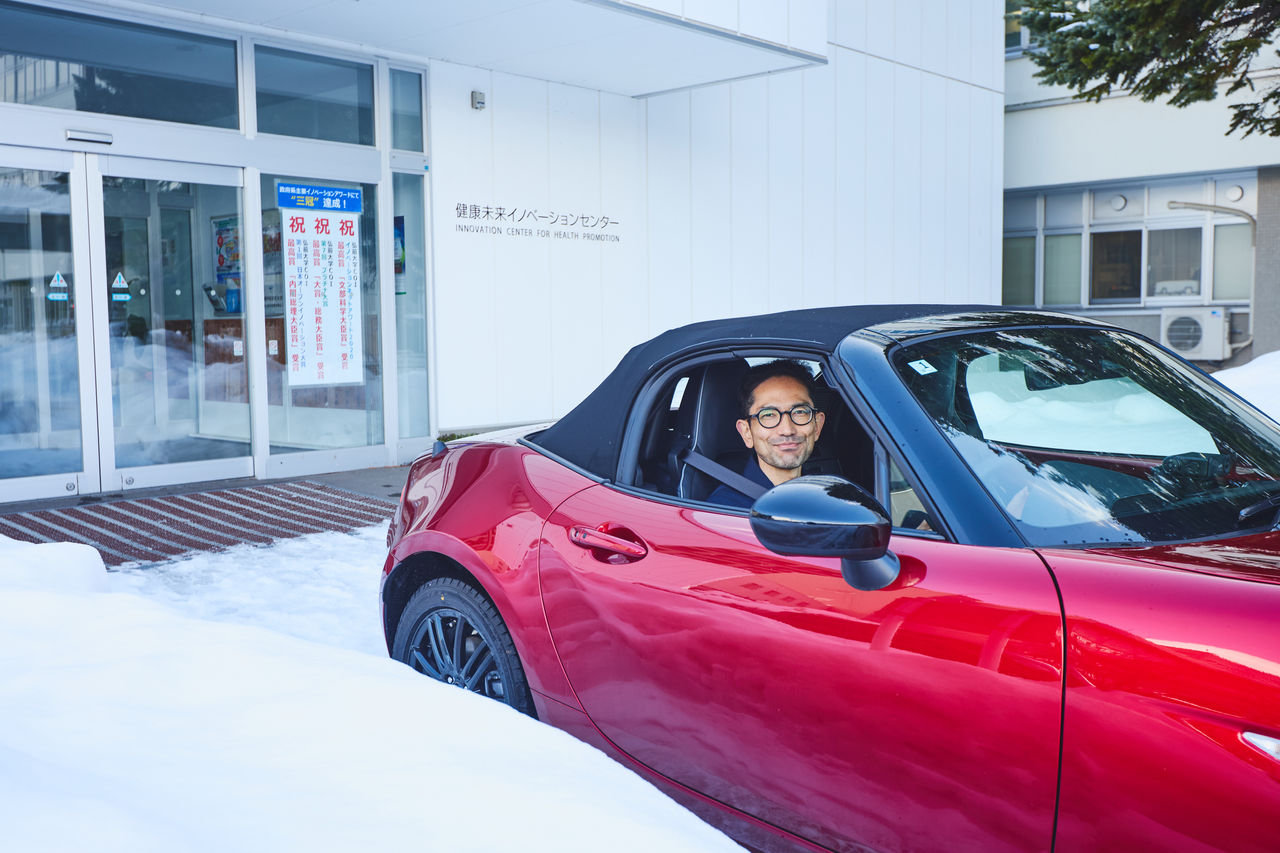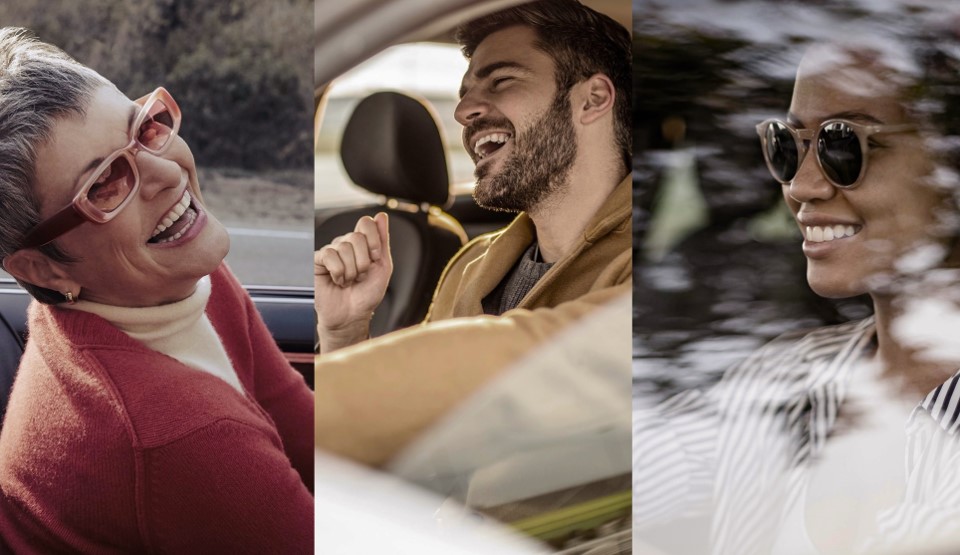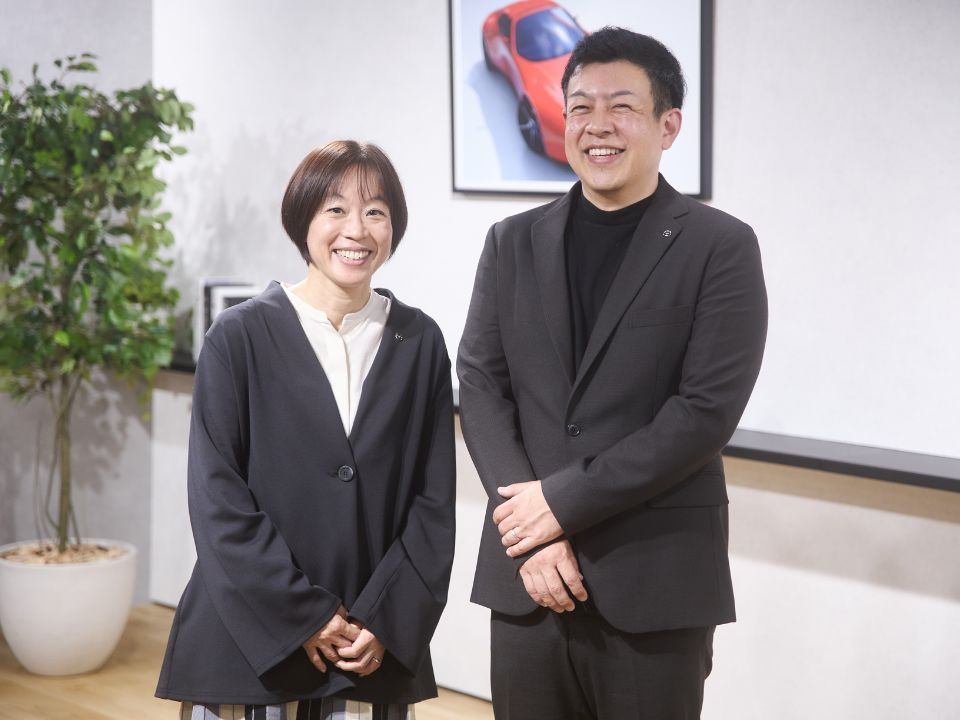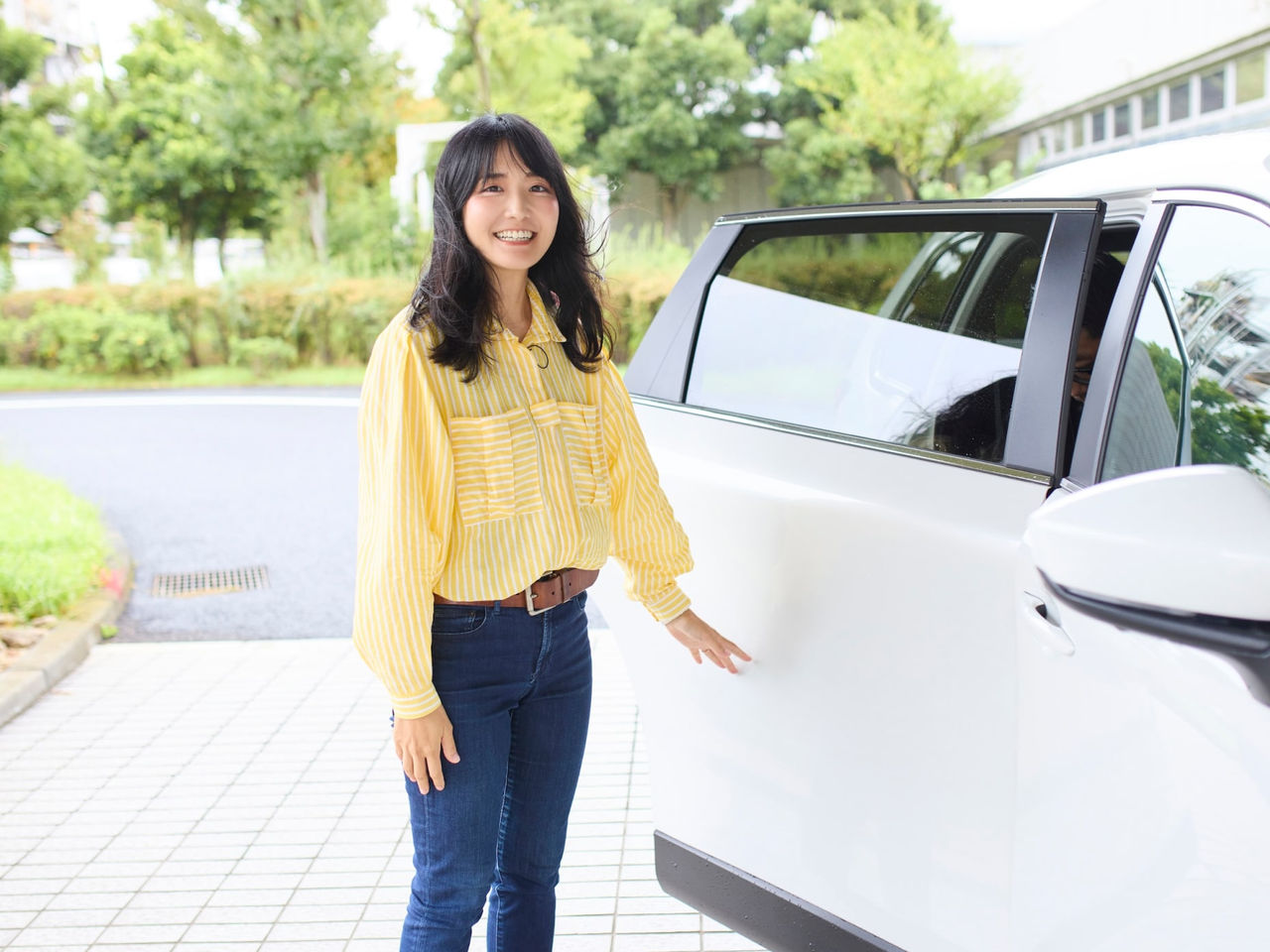From accidents involving elderly drivers and issues surrounding voluntary surrendering of licenses to insufficient transportation options in smaller cities, driving-related challenges are becoming increasingly complex each year. In response, Mazda and Hirosaki University are conducting innovative research examining the relationship between driving, physical and mental health, and wellbeing. We visited You Yamazaki, a Mazda researcher working on-site at Hirosaki University, to learn more about this initiative.
Yamazaki has had a keen interest in vehicles since childhood, even learning to tell time from bus schedules. Now based at Hirosaki University, he brings this passion to this research partnership.
